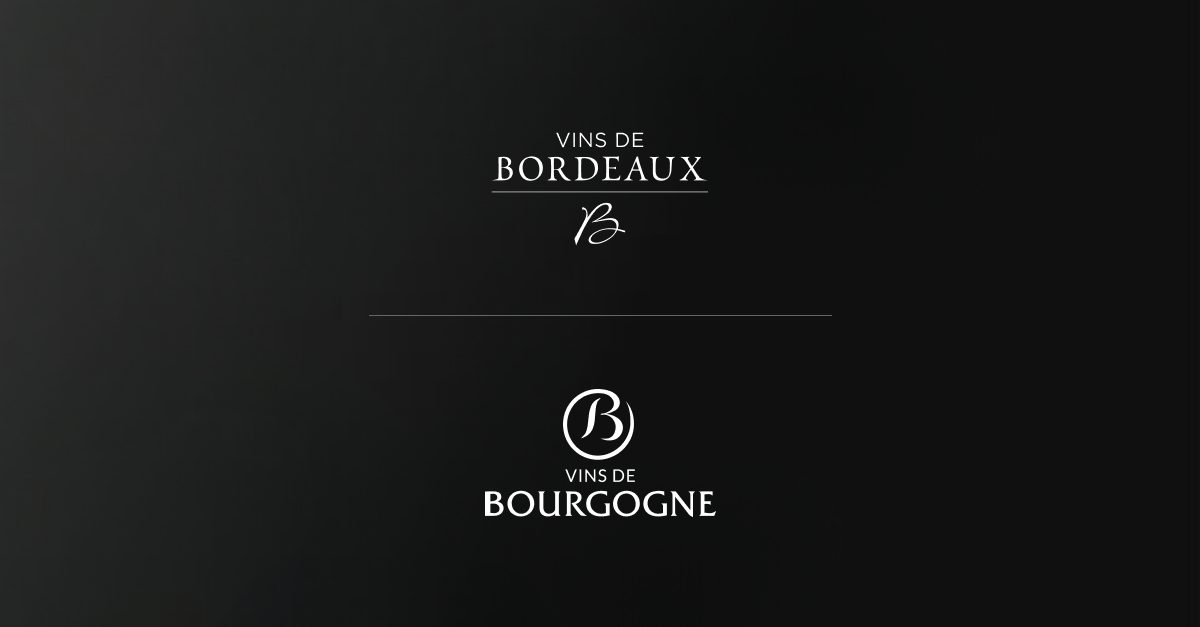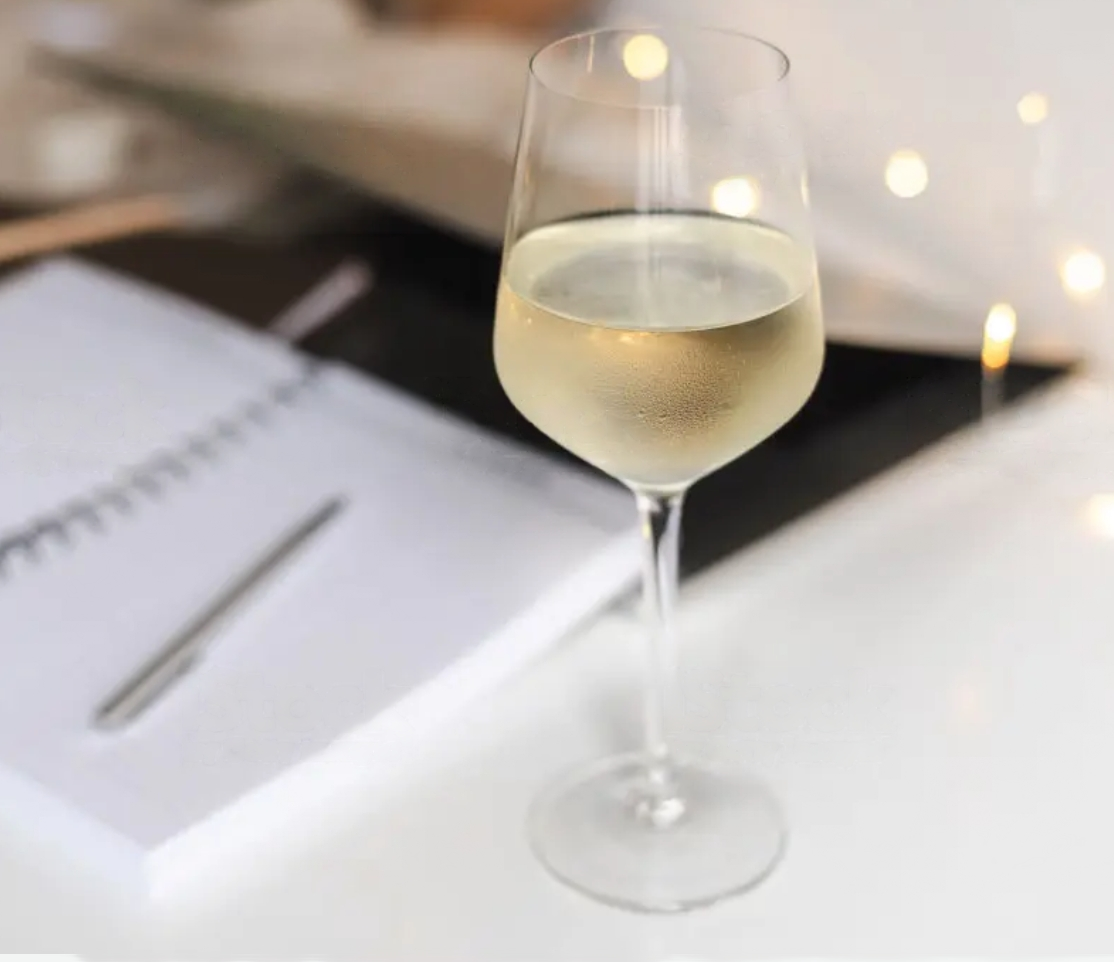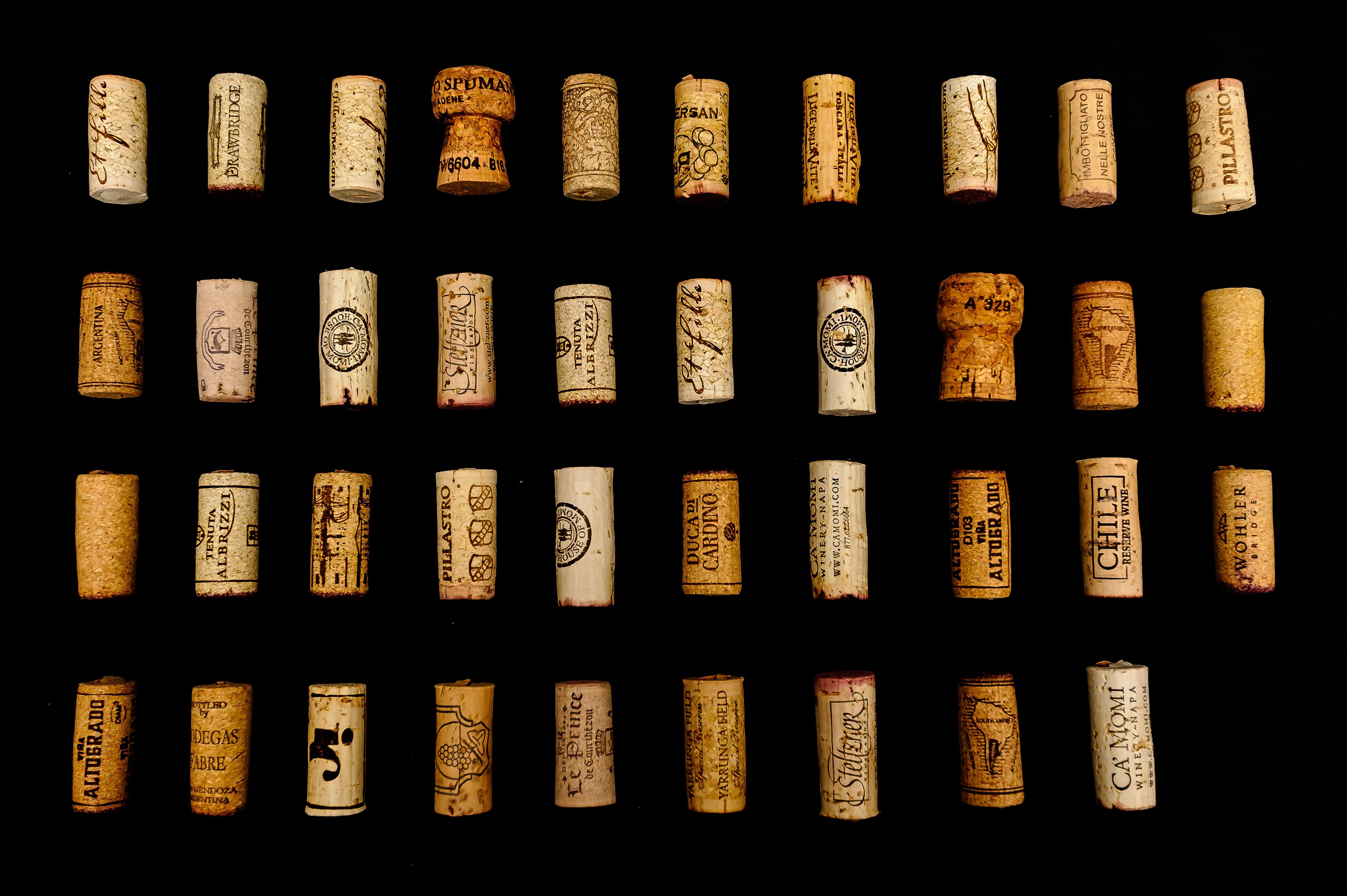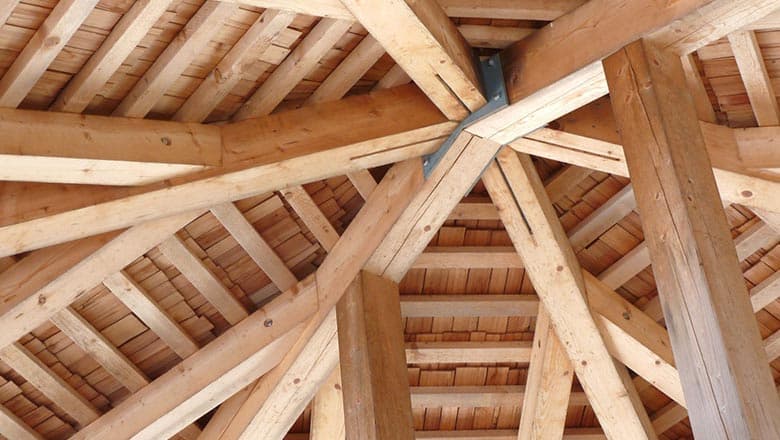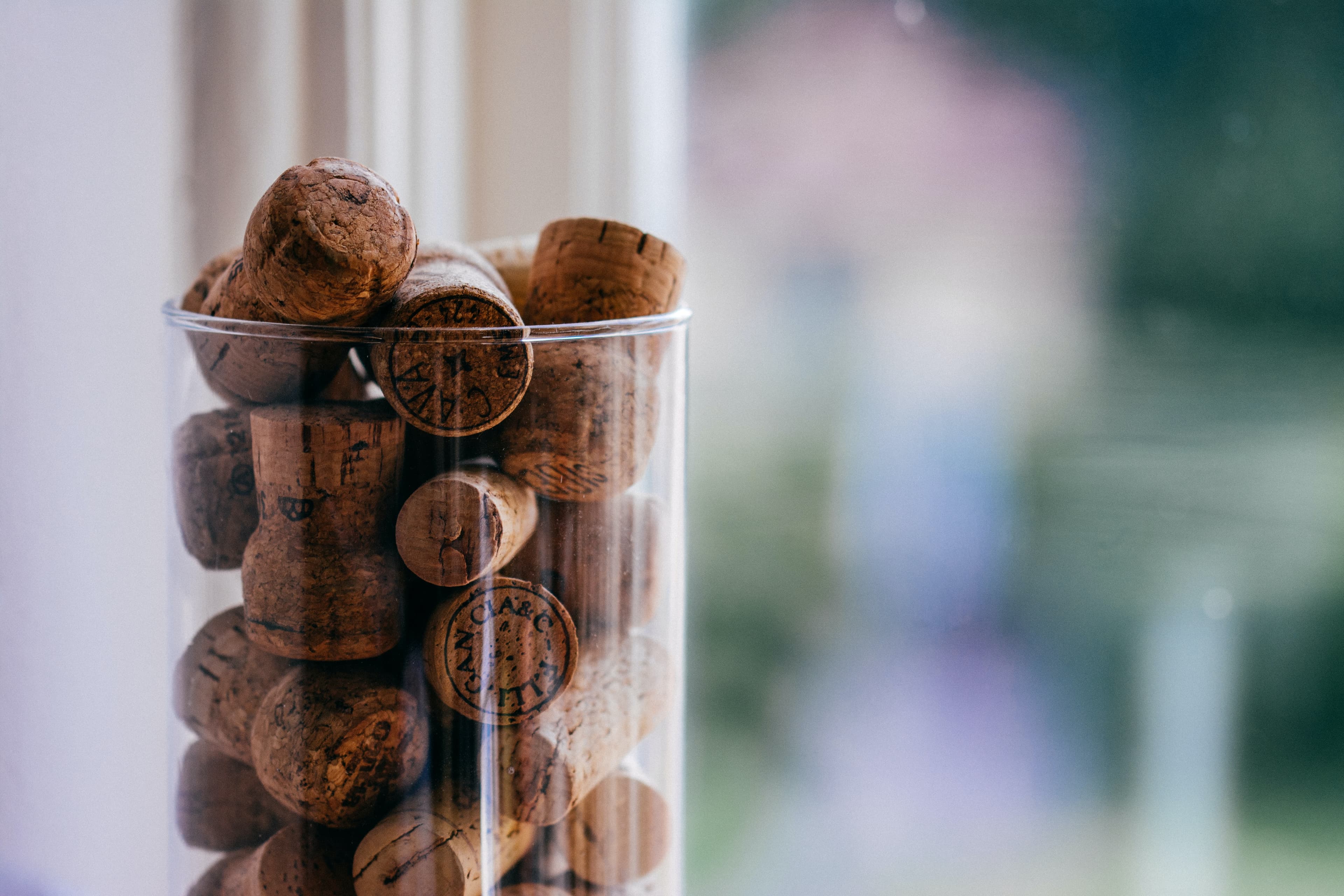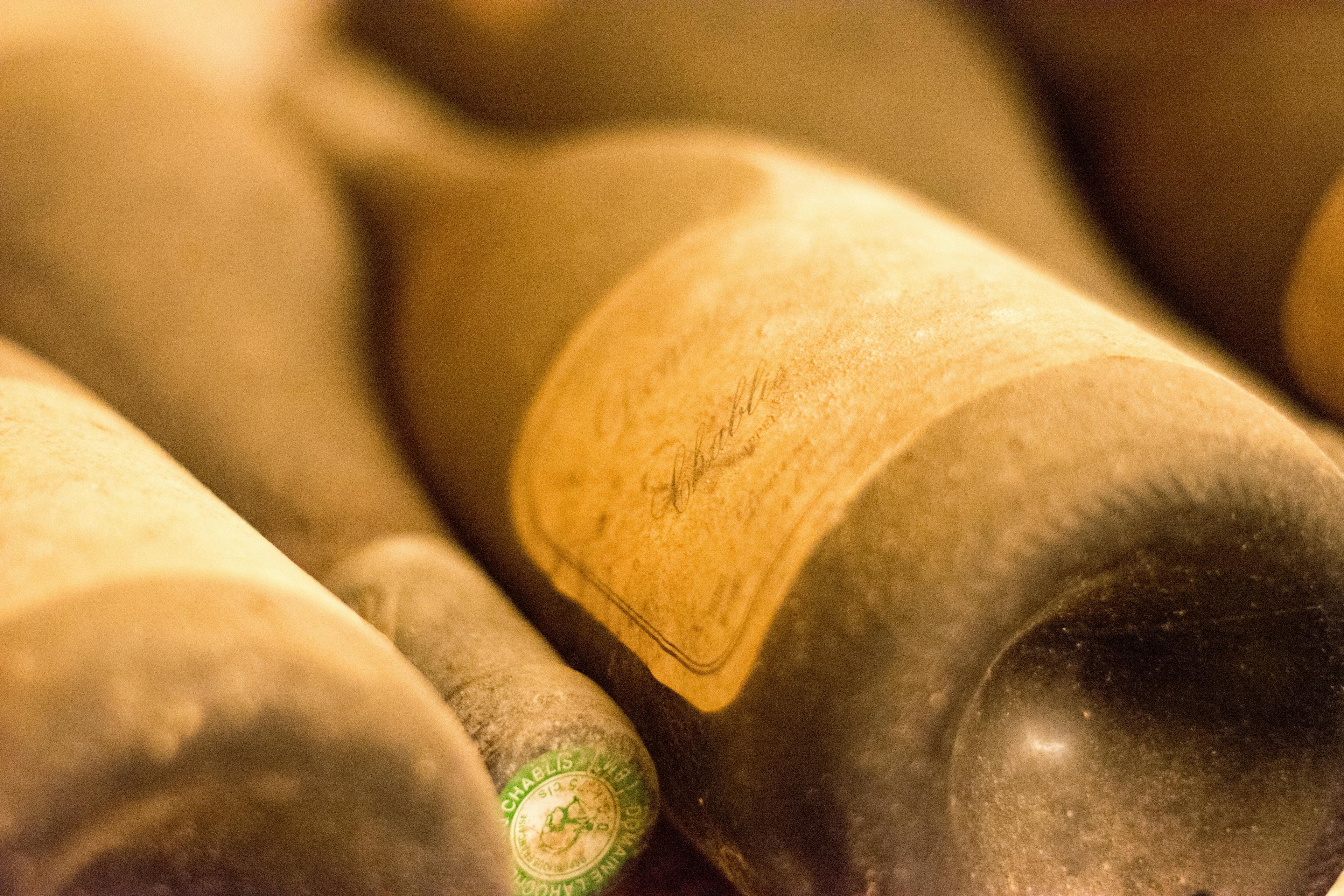
Storing Gaja properly is crucial for maintaining its quality and longevity. Whether you're a connoisseur or a casual enthusiast, understanding the optimal conditions for storage can significantly impact the preservation of its unique characteristics. This guide will explore various techniques and considerations for keeping Gaja in the best possible condition. From temperature control to humidity management and beyond, we'll cover all the essential aspects to help you safeguard your Gaja against common storage pitfalls.
Ideal Temperature and Humidity for Storing Gaja
Storing Gaja, a prestigious wine from the Piedmont region of Italy, requires precise environmental conditions to preserve its quality and enhance its aging process. The ideal temperature for storing Gaja should consistently be between 12°C and 15°C (54°F to 59°F). This range helps in preventing the wine from undergoing unwanted chemical reactions that could potentially spoil its flavor and aroma.
Equally crucial is the humidity level, which should be maintained at about 70%. This specific humidity helps in keeping the cork from drying out, ensuring it remains expanded and effectively seals the wine inside the bottle. If the cork dries and shrinks, air could enter the bottle, leading to oxidation, which detrimentally affects the wine’s quality.
For those interested in the deeper aspects, such as the history of Gaja, understanding these storage conditions can also provide insights into the traditional practices that have shaped its production over the years. Proper storage not only preserves the wine but also respects the heritage and craftsmanship involved in its creation.
Light Exposure: Protecting Gaja from UV Rays
Exposure to light, particularly UV rays, can significantly impact the quality of Gaja, a renowned wine from the Piedmont region of Italy. When storing this delicate beverage, it's crucial to consider the effects of light exposure. UV rays can prematurely age wine, altering its flavor and bouquet. To ensure optimal preservation and enjoying Gaja at its best, follow these guidelines:
Store in a Dark Place: Keep Gaja in a cellar or a wine fridge where light penetration is minimal. If these options are not available, even a dark closet or cabinet can suffice.
Use UV-Protective Glass: If your storage area is occasionally exposed to light, consider investing in UV-protective glass. This can shield the wine from harmful rays without requiring a completely darkened environment.
Avoid Fluorescent Lighting: This type of lighting emits a small amount of UV light, which can be harmful over time. Opt for LED lights, which do not emit UV rays and are more energy-efficient.
Cover Transparent Bottles: If Gaja is in a clear bottle, wrap it in a material that blocks light, such as cloth or special wine sleeves designed to protect against UV exposure.
Positioning: How to Orient Gaja Bottles
When storing Gaja, the orientation of the bottles is crucial to maintain the wine's quality and longevity. Traditionally, bottles should be positioned horizontally. This placement ensures that the wine stays in contact with the cork, keeping it moist and preventing it from drying out. A dry cork can lead to air seepage and oxidation, which might spoil the wine.
Additionally, consider the environment where the bottles are stored. A stable, cool temperature and controlled humidity are essential. Fluctuations in these conditions can cause the cork to expand and contract, which may also allow air into the bottle.
To further protect your Gaja, keep the bottles out of direct sunlight and away from vibrations. Sunlight can degrade the quality of wine quickly, and vibrations can disturb the sediments in the bottle, potentially affecting the flavor and texture.
For more detailed insights, you can explore these facts about Gaja, which highlight the importance of proper storage and handling to preserve its exquisite taste.
The Best Types of Wine Racks for Gaja
When considering the best types of wine racks for Gaja, it's essential to focus on functionality and aesthetics. Gaja, a prestigious wine, requires specific conditions to maintain its quality and taste. Here are some top choices:
Wall-Mounted Racks: These are perfect for saving space while displaying your Gaja bottles elegantly. They can be placed at eye level, making it easy to read labels and access your collection.
Wooden Wine Racks: Offering a classic look, wooden racks are sturdy and can support the weight of multiple Gaja bottles. They also help in maintaining a consistent temperature, which is crucial for wine storage.
Metal Wine Racks: If you prefer a modern touch, metal wine racks are an excellent choice. They are durable and come in various designs that can complement any decor style.
Stackable Modular Racks: For those who anticipate growing their Gaja collection, modular racks provide the flexibility to expand. They are also versatile and can be configured to fit different spaces.
Each type of rack has its benefits, so consider your space, style preferences, and the size of your collection when choosing. Additionally, proper storage ensures that the food pairings with Gaja are always enhanced by its optimal condition.
Long-Term Aging: Tips for Optimal Storage
When considering the long-term aging of Gaja, understanding the craftsmanship behind each bottle is crucial. Proper storage conditions are essential to preserve the quality and enhance the wine's complexity over time. Here are several tips to ensure optimal storage:
Temperature Control: Maintain a constant cellar temperature between 12°C and 15°C. Fluctuations can accelerate aging and potentially damage the wine.
Humidity Levels: Aim for a humidity level around 70%. This prevents corks from drying out, which might allow air into the bottle and spoil the wine.
Darkness: Light, especially UV rays, can degrade wine by causing unwanted chemical reactions. Store bottles in a dark place or use light-proof storage solutions.
Vibration-Free Environment: Avoid areas with frequent movements or vibrations, such as near washing machines or heavy traffic areas. Vibrations can disturb sediments in the wine, affecting its development.
Horizontal Positioning: Keep bottles horizontal to keep the cork moist, which is vital for a tight seal and prevents oxidation.
By adhering to these guidelines, your Gaja can age gracefully, developing richer flavors and aromas over the years.
Monitoring Your Storage Conditions
Monitoring the storage conditions for Gaja wines is crucial to maintaining their quality and taste. Ensuring that these wines are kept in optimal environments will highlight the unique characteristics that set them apart from other Piedmont wines. Here are some key factors to consider:
Temperature Control: Keep the wine at a consistent temperature, ideally between 12°C and 15°C. Fluctuations can accelerate aging and affect the wine's complexity.
Humidity Levels: Aim for a humidity level of about 70%. This prevents corks from drying out, which might allow air into the bottle and spoil the wine.
Light Exposure: Store bottles in a dark place, as light can degrade the quality of wine over time, particularly UV light.
Vibration: Avoid areas with heavy vibration, such as near machinery or a place with frequent foot traffic, as this can disturb the sediment in the bottle and impact the aging process.
Positioning: Wine bottles should be stored horizontally to keep the cork moist, which helps prevent it from shrinking and letting air into the bottle.
When to Rotate Your Gaja Bottles
Rotating your Gaja bottles is crucial for maintaining the quality and enhancing the taste of the wine. This practice helps in ensuring even exposure of the wine to the sediments, which can influence the flavor and texture. Here are some guidelines on when to rotate your Gaja bottles:
Every Six Months: A general rule is to rotate your bottles approximately every six months. This frequency helps to prevent the sediments from settling too heavily in one area of the bottle, which can affect the wine's balance and mouthfeel.
After Temperature Fluctuations: If your storage area experiences significant changes in temperature, consider rotating your bottles soon after the temperature stabilizes. This adjustment can help mitigate any potential negative effects on the wine caused by the temperature shifts.
Before Opening: It's advisable to rotate the bottle gently a few weeks before you plan to open it. This method allows the sediments to distribute more evenly, ensuring a smoother, more consistent flavor profile when served.
By following these simple steps, you can help preserve the integrity and enhance the enjoyment of your Gaja wine.
Dealing with Vibration and Its Effects on Gaja
Vibration can significantly impact the quality of Gaja, especially if it's stored for extended periods. Understanding how to mitigate these effects is crucial for maintaining the integrity of its flavor and aroma. Here are some practical tips:
Isolate the Storage Area: Ensure that your Gaja storage area is isolated from sources of constant vibration such as heavy traffic, machinery, or appliances. This isolation helps in minimizing the agitation that can disturb the sediment in the bottles, potentially leading to spoilage or undesirable flavors.
Use Vibration Dampening Materials: Investing in shelving that incorporates vibration absorption materials can be a game-changer. These materials absorb and minimize the vibrations that can otherwise shake your Gaja, ensuring that its quality remains unaltered.
Maintain a Stable Environment: Fluctuations in temperature and humidity can exacerbate the effects of vibration. By keeping the storage environment stable, you can prevent the Gaja from undergoing unnecessary stress, which might compound the issues caused by vibrations.
Regular Inspection: Periodically check the condition of your Gaja storage setup. Look for any new sources of vibration and assess whether your current preventive measures are effective. This proactive approach can serve as an excellent way to ensure your Gaja remains in perfect condition for future enjoyment.
Implementing these strategies will help in preserving the delicate balance and exquisite taste of Gaja, making every sip as rewarding as intended.
Insurance and Security for High-Value Gaja Collections
When considering the protection of high-value Gaja collections, both insurance and security measures are paramount. Opting for specialized wine insurance is crucial, as standard homeowner policies may not cover the full value of premium wine collections. Insurance for popular vintages typically includes coverage against risks like breakage, theft, and temperature fluctuations, which are particularly relevant in the storage of fine wines.
In terms of security, implementing robust measures is essential to safeguard your investment:
Temperature-Controlled Storage: Maintaining a consistent temperature is vital to preserve the quality and longevity of Gaja wines. Fluctuations can lead to premature aging or spoilage.
Vibration-Free Environment: Ensure that the storage area is free from vibrations, as constant movement can disturb the sediment in wine, potentially affecting its natural aging process.
Controlled Humidity: Ideal humidity levels help keep corks in good condition, preventing them from drying out and allowing air to enter the bottle, which could oxidize the wine.
Security Systems: Advanced security systems, including alarms and surveillance cameras, deter theft and provide a record of any unauthorized access to the storage area.
By addressing these aspects, collectors can significantly enhance the safety and preservation of their valuable Gaja wines.
Creating an Inventory System for Your Gaja Collection
Creating an effective inventory system for your Gaja collection ensures that each bottle is stored under optimal conditions and is easily accessible. Here are some steps to help you organize your collection:
Catalog Each Bottle: Start by documenting each bottle of Gaja you own. Include details such as the vintage, vineyard, and purchase date. Utilizing a spreadsheet can simplify this process, allowing for easy updates and sorting.
Assign a Unique Identifier: Give each bottle a unique code or number. This method helps in tracking and locating specific bottles within your collection quickly.
Utilize Software: Consider using inventory management software designed for wine collections. These programs offer features like tasting notes, maturity indicators, and value tracking, which are beneficial for collectors.
Regular Updates: Make it a habit to update your inventory system whenever you add or remove a bottle from your collection. This practice keeps your records accurate and up-to-date.
Physical Organization: Align your physical storage with your inventory system. Arrange bottles in a way that mirrors your documentation, perhaps by vintage or region, to make retrieval straightforward and prevent unnecessary handling.
By implementing these strategies, you can maintain a well-organized and efficiently managed Gaja collection.
Conclusion
In conclusion, storing Gaja wine safely is crucial for maintaining its quality and ensuring that it ages perfectly. By controlling the temperature, humidity, light exposure, and vibration in your storage environment, you can preserve the delicate balance and exquisite flavors that Gaja wines are renowned for. Whether you choose to invest in a professional wine cellar at home or opt for a specialized wine storage facility, the key is to maintain consistent conditions tailored to the needs of fine wine.
For those who are serious about their wine collection and are looking for convenience coupled with peace of mind, Rekolt offers an innovative solution. Our fine wine marketplace not only provides a platform to purchase Gaja and other high-quality wines, but we also offer a professional cellar storage option. This service ensures that your wines are stored under optimal conditions, making them ready for future enjoyment or resale at their peak value. With Rekolt, you can rest assured that your investment is well-protected and managed by experts in the field, allowing you to enjoy the world of fine wine without the hassle of managing storage logistics yourself. Whether you're a seasoned collector or new to the world of fine wine, Rekolt is your partner in ensuring that every bottle of Gaja you own is perfectly preserved until the moment it's ready to be savored.
Share this article
